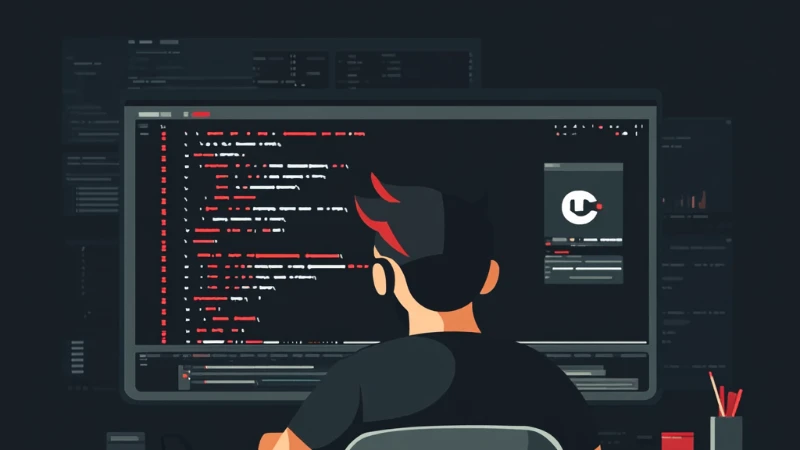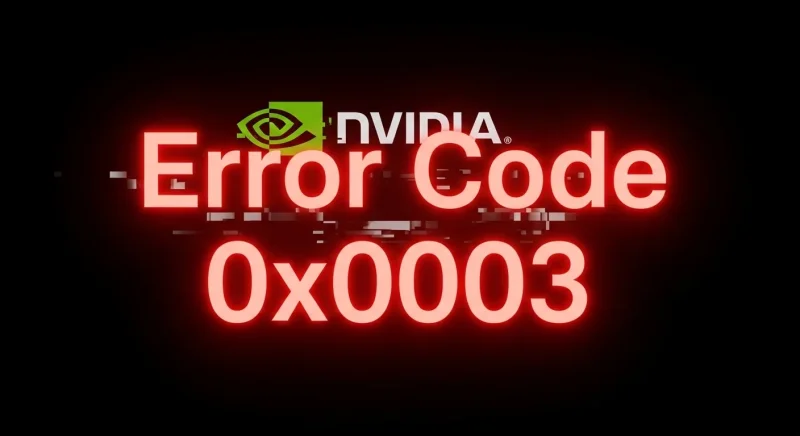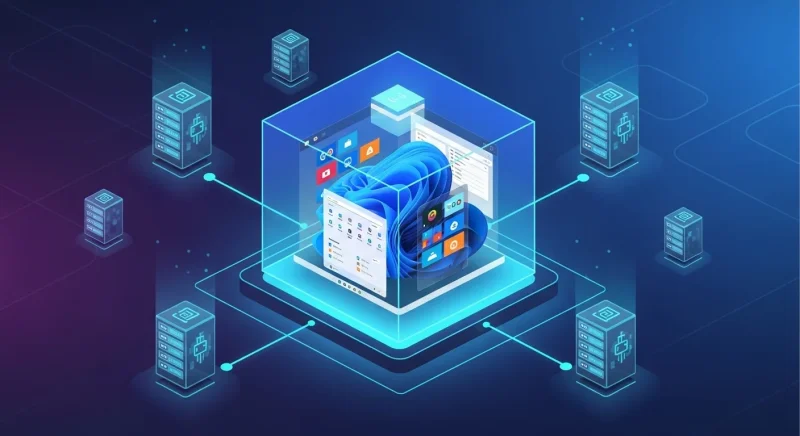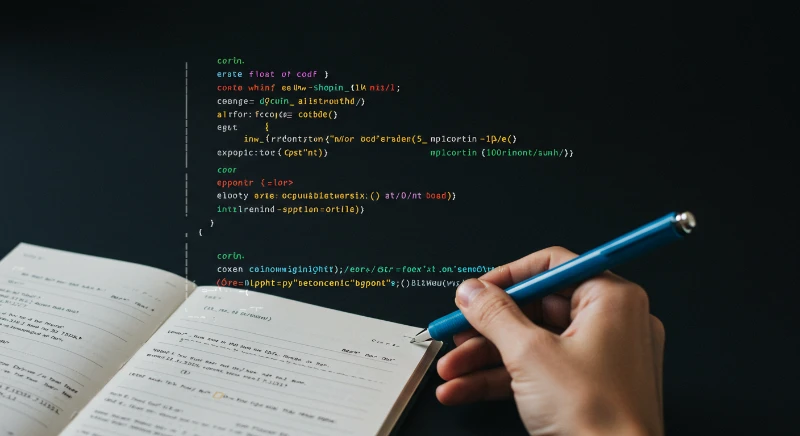Managing branches in Git is an essential skill for every developer. Sometimes, you may no longer need a branch and want to clean up your repository. This guide will walk you through the steps to delete a Git branch both locally and remotely, explaining why each step is necessary.
What Is a Git Branch?
A Git branch is a way to isolate work in a project. Think of it as a separate workspace where you can experiment with new features or fixes without affecting the main codebase. Once your work is complete, the branch can be merged back into the main branch, or it can be deleted if it’s no longer needed.
Cleaning up unused branches helps keep your repository organized and prevents confusion among team members.
How to Check Existing Branches
Before deleting a branch, you’ll need to know its name. You can list all branches in your repository using these commands:
List Local Branches
git branchThis will display a list of all branches on your local machine. The current branch will be highlighted with an asterisk (\*).
List Remote Branches
git branch -rThis command lists all branches stored on the remote repository.
List All Branches
git branch -aUse this command to see both local and remote branches.
How to Delete a Git Branch Locally
Once you’ve identified the branch you want to delete, you can remove it from your local machine. Follow these steps:
Step 1: Switch to Another Branch: You cannot delete a branch if you are currently on it. Switch to a different branch using:
git checkout mainReplace main with the name of the branch you want to switch to.
Step 2: Delete the Local Branch: Use the following command to delete a branch in Git locally:
git branch -d branch_nameReplace branch_name with the name of the branch you want to delete.
What If Git Refuses to Delete?
If the branch has unmerged changes, Git will prevent deletion to avoid data loss. You can force delete the branch with:
git branch -D branch_nameWarning: Forcing deletion will remove the branch and its changes permanently, so ensure you no longer need them.
How to Delete a Remote Branch in Git
To delete a remote branch in Git, follow these steps:
Step 1: Push a Delete Command: Use the following command to delete a branch in Git on the remote server:
git push origin --delete branch_nameReplace branch_name with the name of the branch you want to delete.
Step 2: Verify Remote Deletion: After deleting, you can confirm the branch is removed by listing the remote branches:
git branch -rIf the branch no longer appears in the list, it has been successfully deleted.
How to Delete Both Local and Remote Branches in Git
To clean up both local and remote branches, you can follow these steps:
- Delete the local branch:
``git branch -d branch_name
`
bash
git push origin --delete branch_name
`
- Verify both deletions:
`bash
git branch -a
`
Example Scenario
Imagine you’re working on a feature called new-login. After merging the changes into the main branch, the new-login branch is no longer needed. Here’s how you can delete Git branch locally and remotely:</code></pre>bash
// Delete locally
git checkout main
git branch -d new-login
// Delete remotely
git push origin --delete new-login
//Verify
git branch -a
<pre data-language=""><code class="language-">## Common Mistakes
Deleting the Wrong Branch: Always double-check the branch name before deleting. Use git branch or git branch -r to confirm.
Forgetting to Push Changes: Before deleting a branch, ensure all valuable changes are merged or pushed to avoid losing work.
Force Deleting Without Backups: Avoid using -D unless you’re sure the branch is not needed. Consider creating a backup branch before deletion.</code></pre>bash
git branch backup-branch_name branch_name
``
Conclusion
Deleting Git branches locally and remotely is a straightforward process that helps maintain a clean and organized repository. By following the steps in this guide, you can avoid common mistakes and ensure your team’s workflow remains efficient.






Comments (0)
Sign in to comment
Report